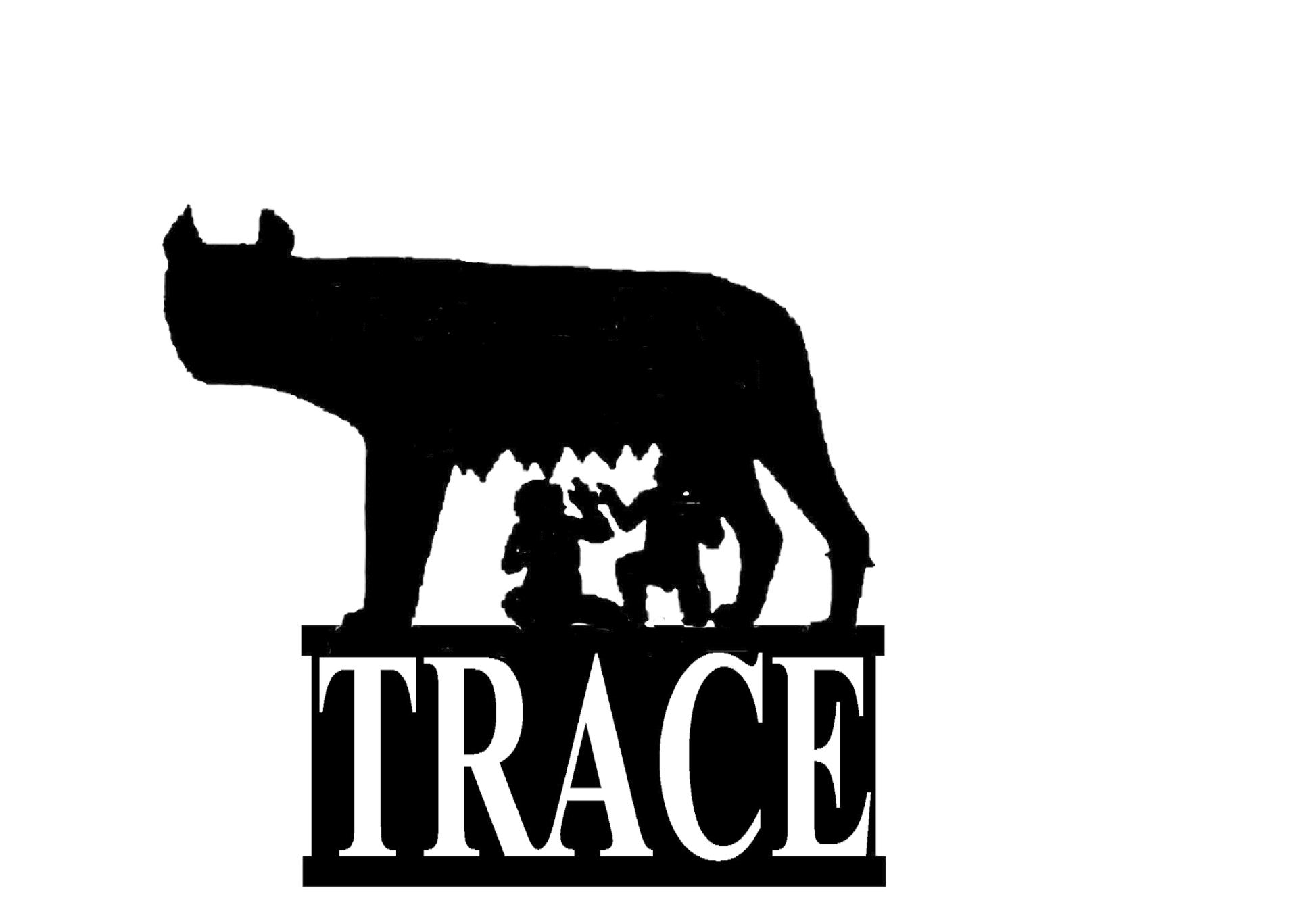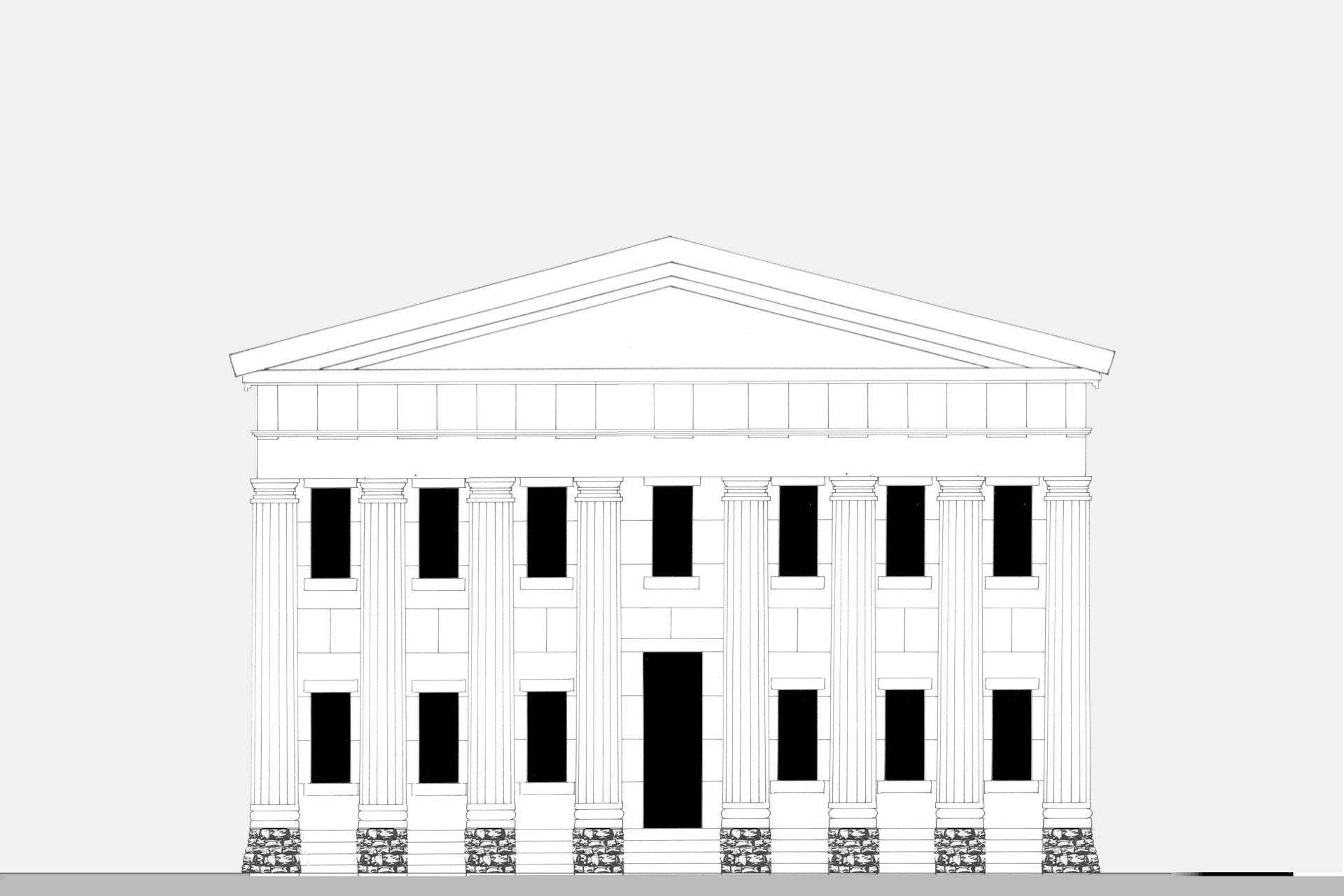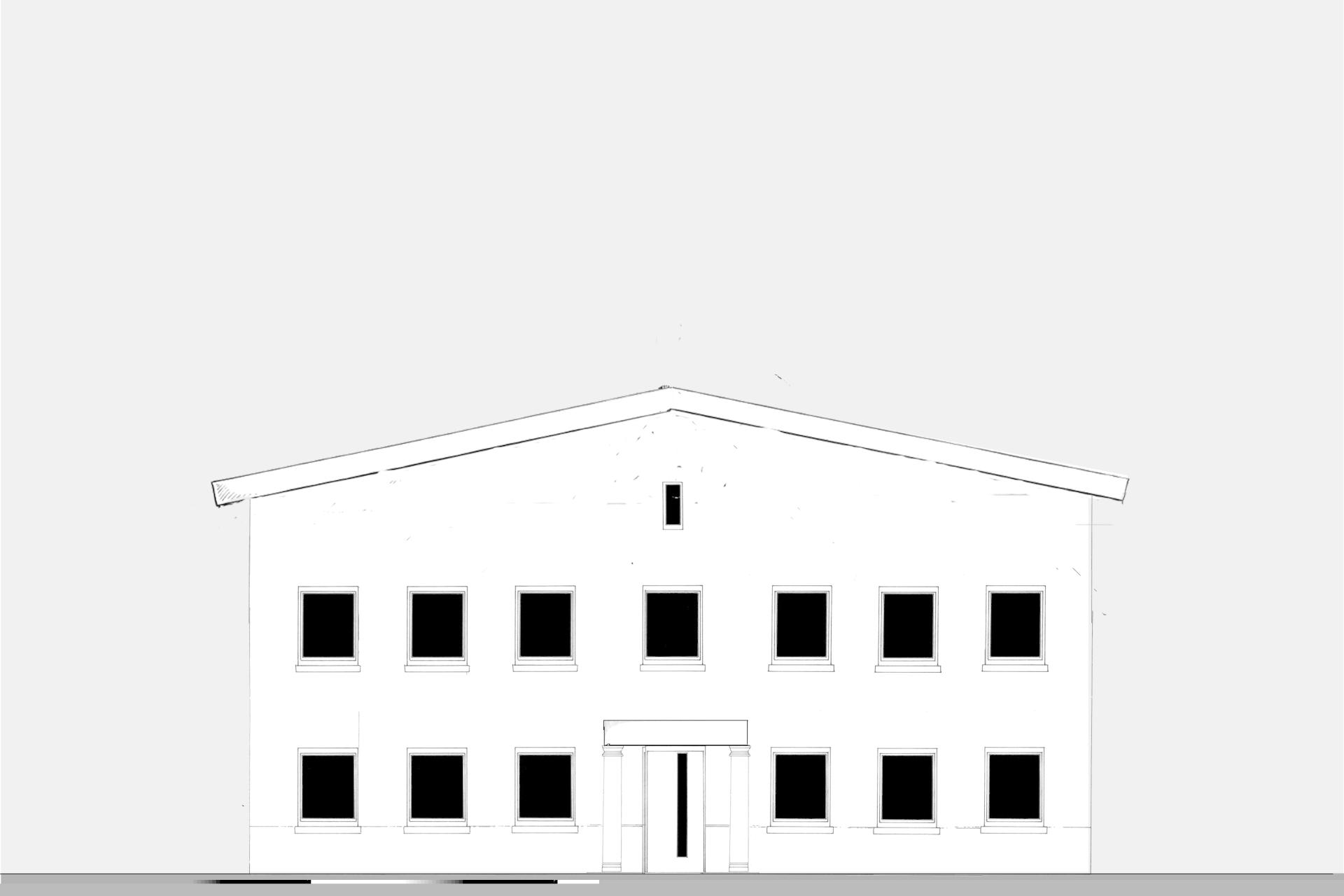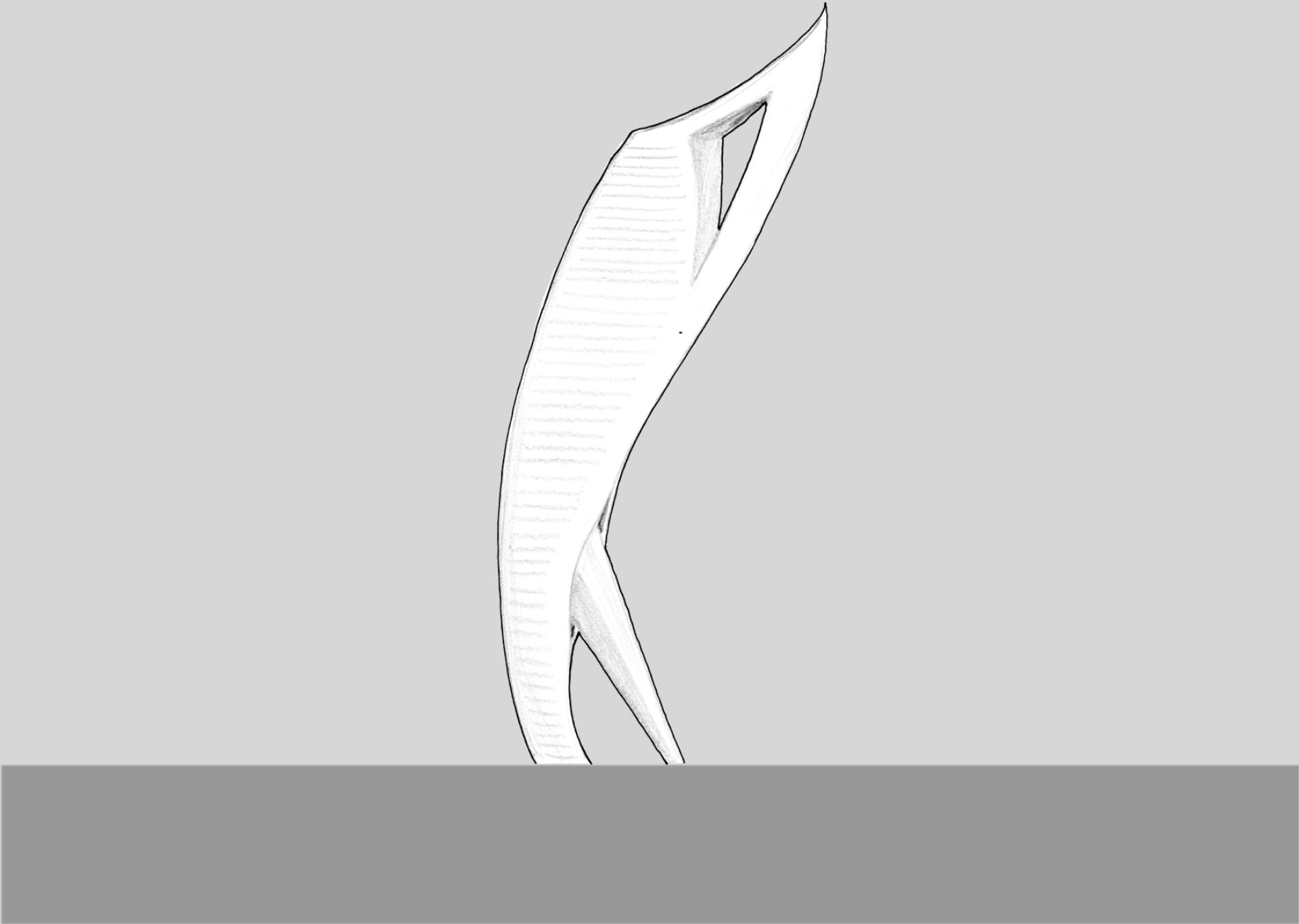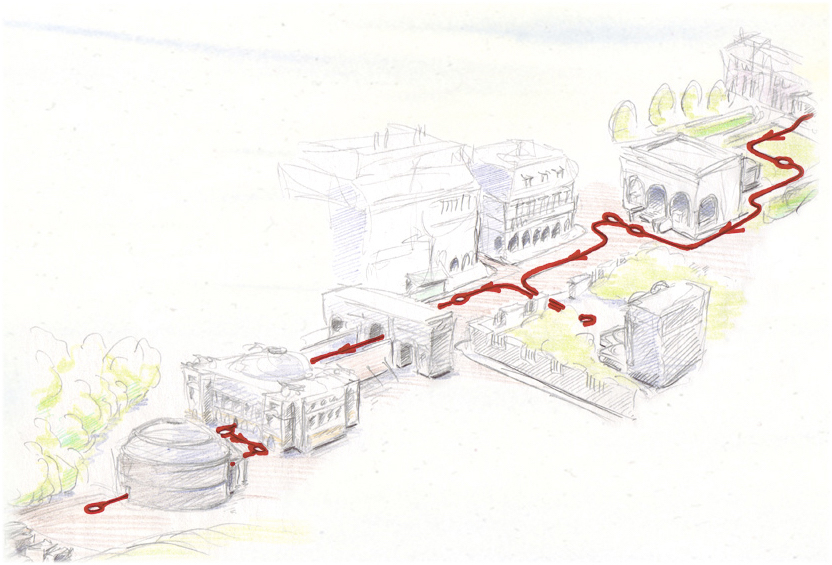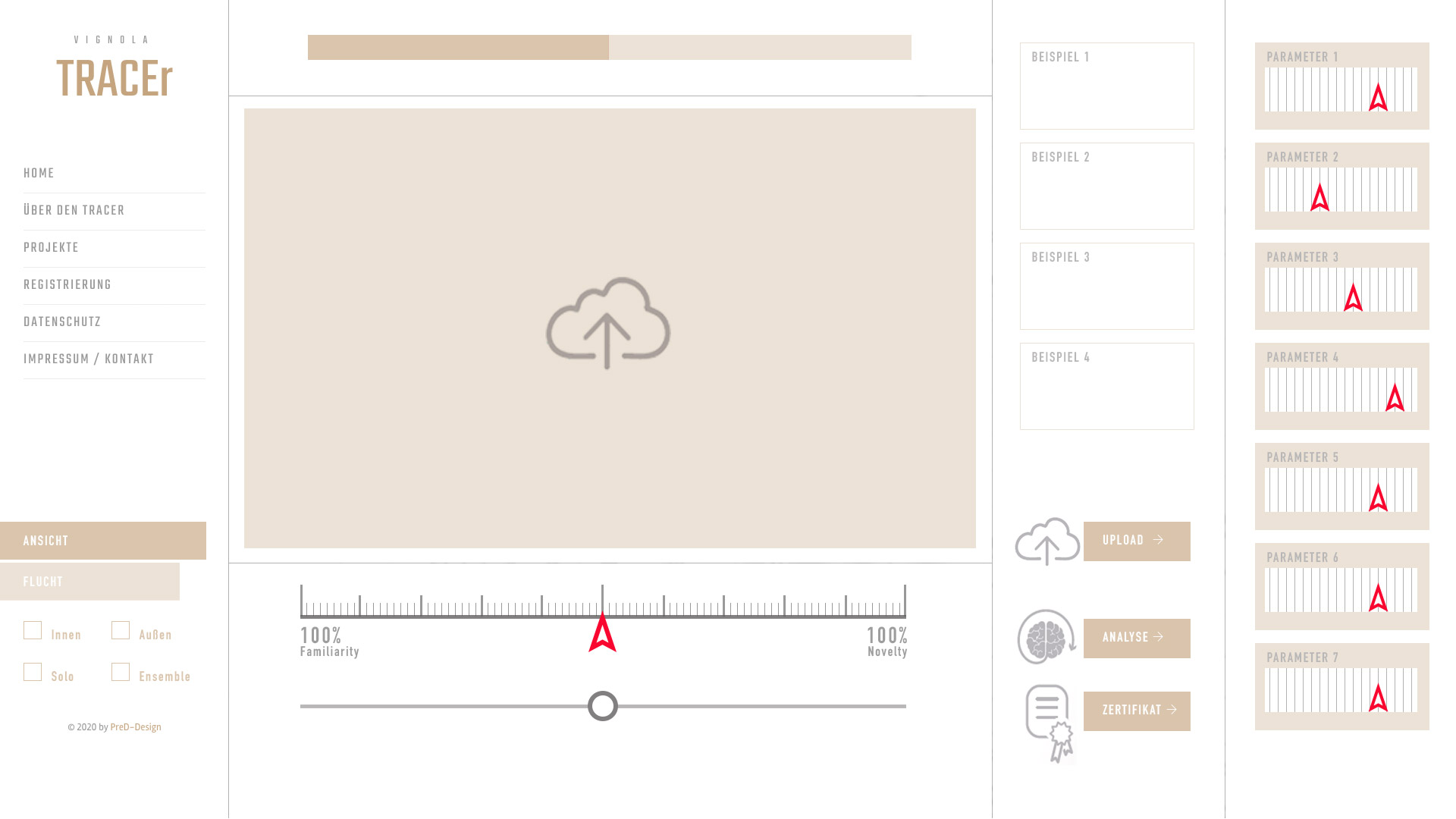TRACE research
Basic information
Project Title
Full project title
Category
Project Description
Research group TRACE, Transmission in Rhetorics, Arts and Cultural Evolution:
Leading the way to a fluid connection between humans and their built environment.
The experimental findings towards the perception of cultural artefacts opens up a new possibility for architects, evidence based emotion design. Knowledge ideal for creating artefacts that address directly to our dispositions that were developed during the on going process of co-evolution between mankind and its culture.
Project Region
EU Programme or fund
Description of the project
Summary
Research group TRACE, Transmission in Rhetorics, Arts and Cultural Evolution:
Leading the way to a fluid connection between humans and their built environment.
The interdisciplinary research group TRACE (Transmission in Rhetorics, Arts and Cultural Evolution, www.trace-culturalevolution.com), of which I am a founding member, has been looking for traces of an co-evolution between men and his culture on neuronal level for over 15 years. As an imprinting factor we suggested for the European culture the design rules of the classic rhetorics, especially the decorum, which influenced the design of the artificial environment for several millennia.
The results of our experiments – like "Hippocampal contributions to the processing of architectural ranking", published in Neuroimage, 50,742-752, by Oppenheim, I., Vannucci, M., Mühlmann, H., Gabriel, R., Jokeit, H., Kurthen, M., Krämer, G., Grunwald, Th., (2010) – we strengthens the thesis that the decorum is in charge of some orientational functions, that men co-evolves with his culture and that the understanding of the rules has already been embodied by the different ways of inheritance, the symbolic, the behaviouristic, the epigenetic and maybe even the genetic one.
The experimental findings towards the perception of cultural artefacts opens up a new possibility for architects you may call evidence based emotion design. Knowledge ideal for creating artefacts that address directly to our dispositions that were developed during the on going process of co-evolution between mankind and its culture.
Key objectives for sustainability
If we humans have co-evolved with our culture, then traces of this co-evolution should be found somewhere, most likely on neuronal level. If evidence of some kind of adaptation could be found, it would deliver insights to how we perceive our built environment and how the architecture influences us by operating as a trans generational, cultural orientation "tool". We found out that different types of architecture trigger different subconscious emotional effects, like familiarity or novelty. Practical and sustainable use? New stuff turns old while familiar stuff just stays familiar. If we know how to keep our built environment looking fresh, familiar and all around natural – because culture is our nature – it will help to build in the existing stock so that you can cut a lot of emissions.
Further more the experimental results showed that the decorum is still in effect inside of us which seems like a very good starting point for the appropriateness of the resources used.
Key objectives for aesthetics and quality
With our experiments we put ancient design rules to the test and found out that the decorum rules still affect our emotional reaction towards architecture aka our culturally influenced built environment. Besides more common aspects of beauty like symmetry for example, the beauty secret of the decorum (of our European cultural inheritance) is laying in the appropriateness of the resources and styles used in relation to each other. It is all about corresponding design systems not just new, singular stuff!
Key objectives for inclusion
If humans have adapted to their cultural, built environment, then addressing these adaptations design wise seems to be an inclusive act. We found out that different types of architecture trigger different subconscious emotional effects, like familiarity or novelty. Practical and inclusive use? You will feel more secure and familiar inhabiting a built environment that correspondences with your biological hard- and software. Culture creates the feeling of belonging to something.
Remark: Our search leads in a similar direction like the now popular search for old and maybe forgotten indigenous urban planning (Spiegel online 13.4.2021), only that we search along the lines of ancient European culture technics. The finding of TRACE, the still functional perception of the decorum rules at all kind of design levels, can be used to improve the intercultural communication, establish better interfaces between technology and biology, our brain, and design architecture that corresponds with our subconscious, culturally triggered emotions.
Results in relation to category
a) The results of the "architectural" TRACE experiments kicked off a row of other experiments globally.
b) Several books have been published (like "Neurorhetorik", Wilhelm Fink, ISBN: 978-3-7705-5817-9), accompanied by several scientific publications with quite good impact factor.
c) Based on the experimental results TRACE developed a rhetoric training program for pupils and students which is now taught at several schools and universities. It strengthens memorization and concentration abilities.
d) The results of the experiments and the stimuli sets I, Rainer Gabriel, have created, have been digitized and build the foundation for the Vignola TRACEr, an AI software-tool to predict the emotional effect of architectural drafts. This tools introduces an additional design process by opening the possibility to create something like cultural emotion design.
How Citizens benefit
Most participants were patients of the Swiss EPI but pupils, students and interested seniors as well as visitors of the ZKM or Munichs museums were happy to contribute as participants during the experiments in Karlsruhe at the HfG or in Munich at the TH, too. They made all the finding possible in the first place! And now it is up to designers and architects to notice and to take into consideration for their work ( also their work for the New European Bauhaus). Because if our findings get translated into the built environment (maybe by using the Vignola TRACEr software) we will be able cut down emissions (by building more in existing stock) to simultaneously create a urban landscape that feels naturally, secure and familiar to everybody.
Innovative character
The results of the TRACE experiments towards architectural ranking seemingly mark the first time that culture became recordable on neuronal level with an EEG.
Plus it is a real interdisciplinary project of scientists, humanities and artists most operating with no or on a shoestring budget driven by pure interest and curiosity. Everyone demands this kind of collaboration, but hardly anyone at public institutions is actually willing to implement it consistently and labor-intensively. TRACE is a good example of how innovation in Europe can work against some odds, too.

